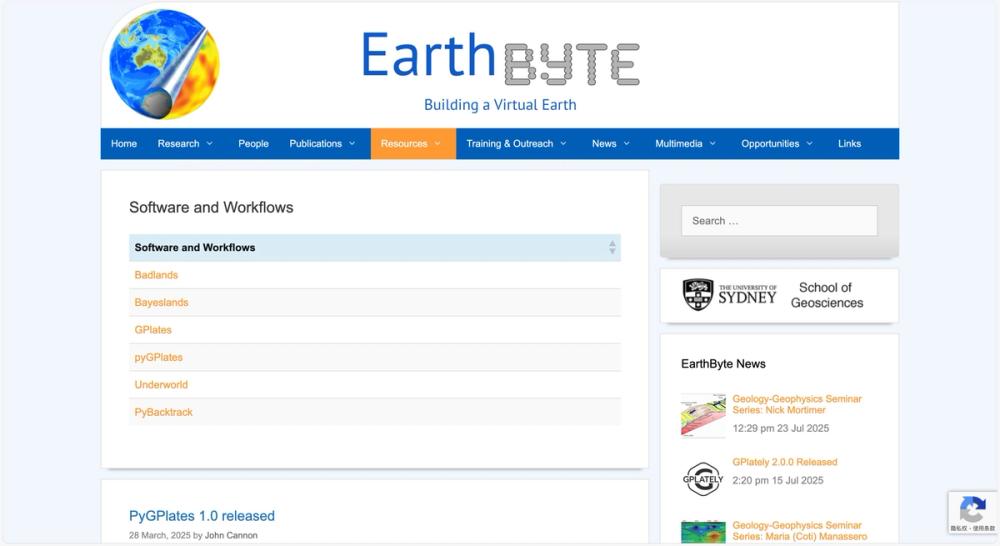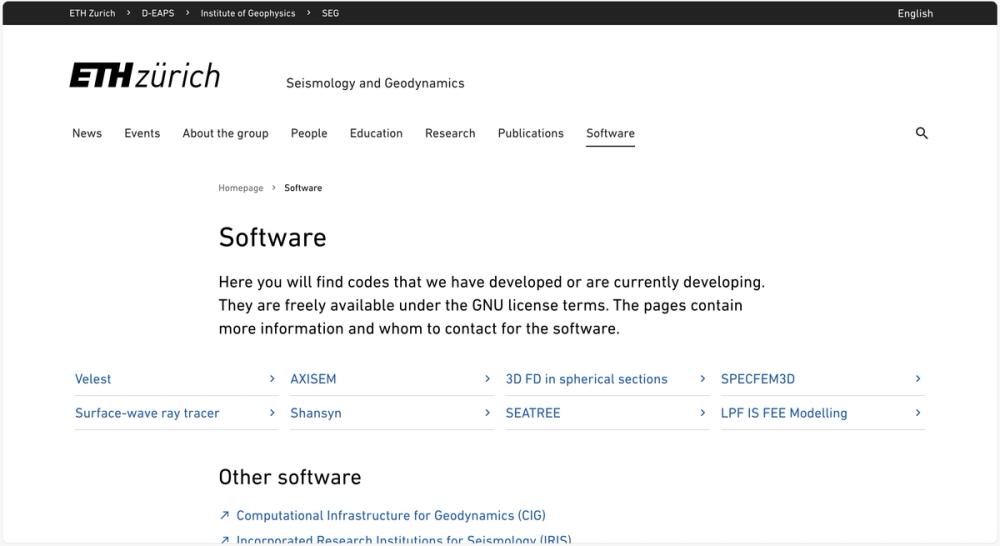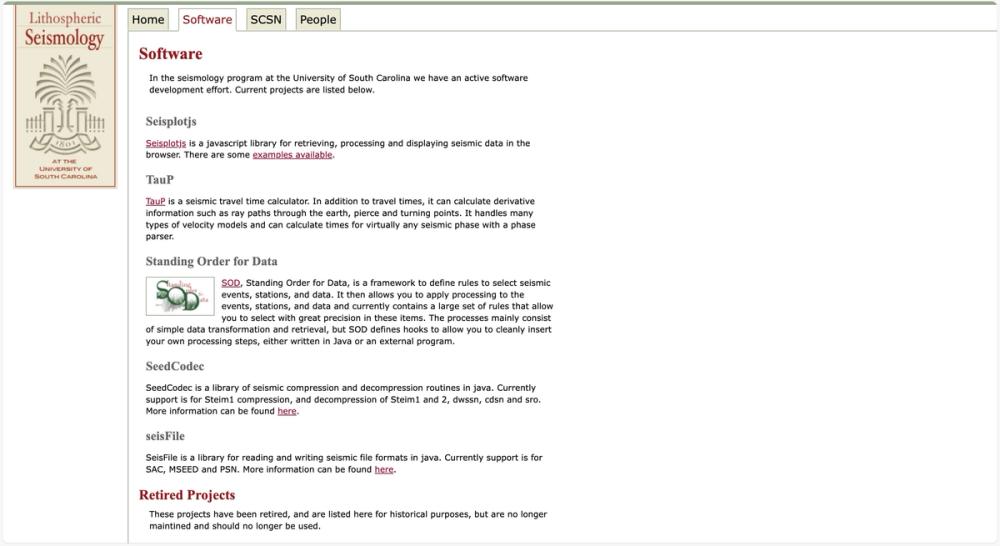Julia Programming Language
Julia is a high-performance, dynamically typed programming language designed for numerical and scientific computing, data science, and machine learning. It combines the speed of compiled languages with the ease of use of scripting languages, making it ideal for researchers, data scientists, and developers.
Key Features
- Fast: Julia compiles to efficient native code via LLVM, offering performance close to C/Fortran.
- Dynamic: Feels like a scripting language with strong support for interactive use.
- Reproducible: Environments ensure consistent setups across platforms with pre-built binaries.
- Composable: Uses multiple dispatch for flexible object-oriented and functional programming.
- General: Supports asynchronous I/O, metaprogramming, debugging, profiling, and more.
- Open Source: MIT-licensed with a vibrant community and over 1,000 contributors.
Use Cases
- Scientific Computing: Rich ecosystem with tools like DifferentialEquations.jl and JuMP.jl for simulations and optimizations.
- Data Science: Packages like DataFrames.jl and CSV.jl for data manipulation and analysis.
- Machine Learning: Frameworks like Flux.jl and MLJ.jl for scalable deep learning and algorithms.
- Visualization: Tools like Plots.jl and Makie.jl for creating static and interactive graphics.
- Parallel Computing: Built-in support for multi-threading, GPU computing, and distributed systems.
Julia's extensive package ecosystem (over 10,000 packages) and interoperability with Python, R, C++, and other languages make it a versatile choice for technical computing across domains.




